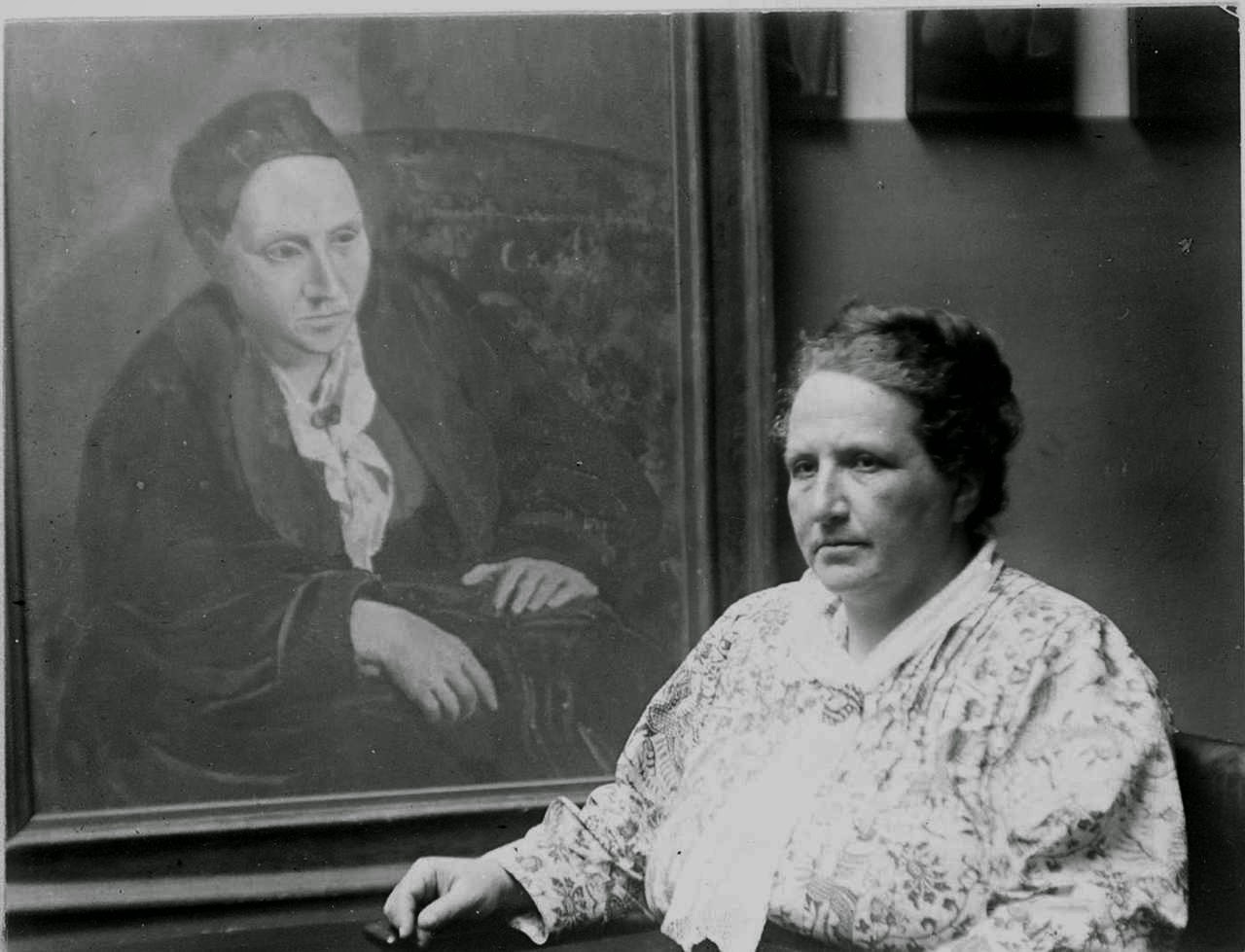Kenny Kemp’s The
Welcoming Door offers a refreshing take on the New Testament,
fictionalizing that period of time about which we know absolutely nothing—Jesus
Christ’s early adulthood. Kemp portrays the Christ doing what his earthly
father did (woodworking), and makes Christ the witness to three vignetted
stories, each with characters who struggle individually with the allure of
temptation, the paralysis of fear, and the brutality of human negligence. These
stories are familiar to Christian readers, who will recognize them as the
parables of the Prodigal Son, of the Talents, and of the Good Samaritan. Kemp
implies that Christ first saw these
parables happen before he told them.
Such a thesis
imbues the parables with heart, as the reader sees Jesus connect with people on
a deep, spiritual level. But context is not the only thing Kemp alters of the
parables. He tells each story with description, with dialogue, with character,
with subtext. Whereas in the scriptures the parables are like fables, distant
and concise, Kemp’s versions are like books, alive and rich.
His variation
on the scriptures, while it may seem redundant or unoriginal, forms an
evocative counterpoint when you put the two together. It’s like this picture of
Gertrude Stein, sitting next to the portrait of her as painted by Picasso:
The portrait, by itself, looks very different from Stein. Its
eyes are wider, its face is higher, and its posture is worse. But in putting
the portrait with Stein herself,
something changes. It asks you to pay less attention to the portrait, and to
pay more attention to the comparison between them.
This is how I
read The Welcoming Door: don’t take
it at face value or let it replace the scriptures. But look at why it differs
from the New Testament. What do the parables gain by being fleshed out? What do
they lose? Why did Jesus tell them the way that he did?
(Photo source: https://biblioklept.files.wordpress.com/2012/02/ray_stein.jpg)

I agree that there is something to be gained in comparing the stories Kemp tells and Jesus' parables. I like the personality and human quality added through Kemp's retelling, but I find the flexibility in interpretation found in the actual parables is necessary and important for personal, spiritual growth. Overall there is a lot that can be learned from comparing the two.
ReplyDeleteI like the perspective you have at the end of your post! That's an interesting comparison between the photo and the book's relationship with the actually stories. The questions you ask are right on and I think they add more meaning to the book. It will be cool to ponder possible answers!
ReplyDeleteI really liked this because in my post I was worried that I was going to make it sound like Kemp's book was a better source of scripture than the New Testament which obviously wasn't my intended point.
ReplyDeleteI also like that you asked what the parables lost. I think that's a fair question! And we should consider it with the gains.